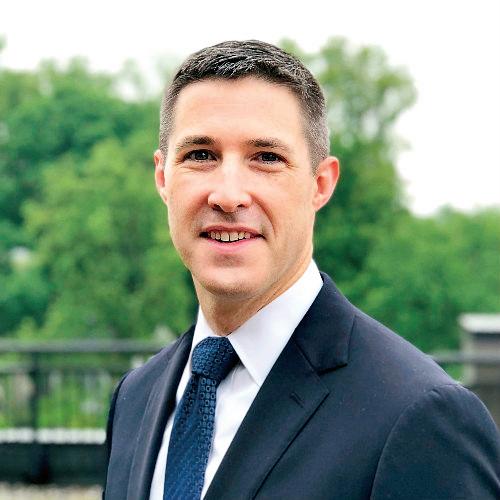
4 minute read
COVID-19’s Impact on Medicine
Physicians throughout Arizona have been hit hard by the SARS-CoV-2 virus and its impacts on patients, private practices, and hospitals. We wanted to put some data behind those stories.
Fewer Patients and Employees
Based on a survey of physicians in Maricopa County, with many respondents being in private practice, we found most medical practices or employers (87%) saw fewer patients. Some practices or employers temporarily closed (16%) or considered permanently closing (13%) because of the pandemic. Other ways the pandemic harmed practices or employers included decreased hours, court closures which led to no forensic work, cancelled hiring for physicians or other medical staff, and clinical trials were cancelled or put on hold.
Telehealth/Telemedicine Increases in Use
During a crisis is not the best time to test new technology, especially when it deals with the health of your patients and ensuring your team generates enough revenue to keep the doors open. Physicians throughout Arizona needed to quickly sift through a plethora of telemedicine options and select a platform which fit their specialty, could be easily used by patients, was compatible with electronic health records, and worked with insurance carriers and payers for reimbursement. Most physicians (71%) have used a telehealth/telemedicine platform either several times or daily during the pandemic.
Managing the Stress
Being a physician can be stressful on normal days. During the pandemic, it can feel overwhelming. Most physicians manage stress by speaking with family or friends
(71%), exercising (68%), or getting adequate sleep (68%). One third of respondents (32%) use their hobbies to decompress. About a quarter of doctors meditate and eat better (24%). Other ways physicians manage stress include breathing techniques, virtual counseling sessions, prayer, watching streaming movies, hard physical labor, playing guitar, binging on TV, and household repairs.
Personal Protective Equipment
It seems like you can never have enough PPE or the right kind. From March to May, physicians closed the gap of PPE and felt they had more adequate supplies on hand. I would like to think one reason was the ActionPPE network, which the Maricopa County Medical Society has leveraged for its members.
Preparation for the Outbreak and Second Wave
While infectious disease researchers and epidemiologists have been raising the alarm of highly infectious viruses and the need to prepare our health systems, it is difficult to predict which specific pathogens will pose the greatest risk and then to stockpile enough preventive and treatment measures. On a scale from 0 (not prepared at all) to 10 (very well prepared), our survey respondents averaged a 7 for how well prepared they were for the COVID-19 outbreak. That is pretty good. Unfortunately, respondents averaged a 6 for being prepared for a second wave of cases later in 2020.
Lessons Learned
Many of the comments we received focus on concerns of the PPE supply chain, a lack of effective leadership for pandemic response, the value of telemedicine, and the importance of keeping medical staff and patients safe during appointments. Here are some examples of what physicians had to say.
Fewer Patients and Employees
87%: Fewer patients seen
58%: Fewer office hours
58%: Cancelled procedures
21%: Employees furloughed
11%: Employees laid off
8%: No negative impact
Telehealth/ Telemedicine Increases in Use
39% Used daily
32% Used several times
16% Never used
13% Used once
“We are basically on our own and must hope that organizations like MCMS bridge the gap where support is necessary.”
“Save money and continue to build strong relationships with staff, colleagues and patients.”
“The strong push for telehealth is a huge positive with long-term potential.”
“Shutting down or severely curtailing medical practices is not a sustainable option in dealing with COVID-19 or future pandemics.”
“We have an inadequate and broken supply chain for PPE. Having to depend on China to get masks is frightening and absurd.”
Resources or Information Requested
We asked physicians what resources of information they needed to continue practicing medicine and keep their doors open. Here are some responses.
“Guidelines of how to safely run a medical office during the pandemic.”
“Summary of emerging literature on the virus and disease.”

John McElligott, MPH, CPH
By John McElligott, MPH, CPH, Executive Director at Maricopa County Medical Society (MCMS), john@mcmsonline.com









